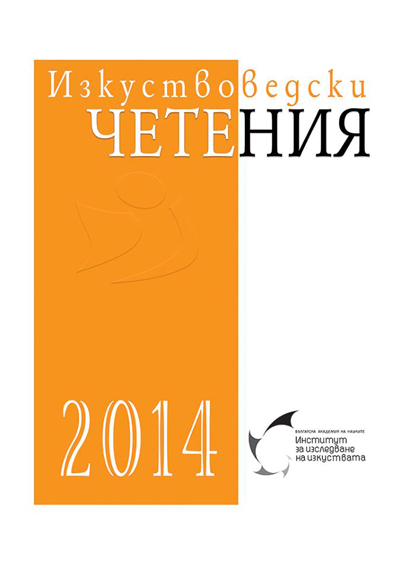
We kindly inform you that, as long as the subject affiliation of our 300.000+ articles is in progress, you might get unsufficient or no results on your third level or second level search. In this case, please broaden your search criteria.


The image of circus performers has been most interesting and dramatic until the 1950s, when they have been marginalized by the post-war culture, becoming an object of socially committed photography. In 1958, a rookie member of the Magnum photo agency, Bruce Davidson took pictures of the Clyde Beatty Circus in his series The Dwarf, which became emblematic of the subject. Davidson used the devices of photography to show the effect of the costumes, masks and gestures of his protagonist, the dwarf clown, to make him an epitome of an outsider. The psychological and social streaks intertwine, offering an opportunity for a number of various interpretations. Treated in terms of Pierre Bourdieu’s field, habitus and symbolic capital, in terms of their significance these take the place of the sets and numbers, being the personal symbolic capital of circus performers. Through it, in the field of continuous travelling, communal life ad anonymity, habitus is represented: estrangement from the value of material benefits, concealed or exaggerated emotions in communicating, the choreographed use of facial expressions, single-plane communication with the audiences, lack of comprehension of the accomplishments of an artiste.
More...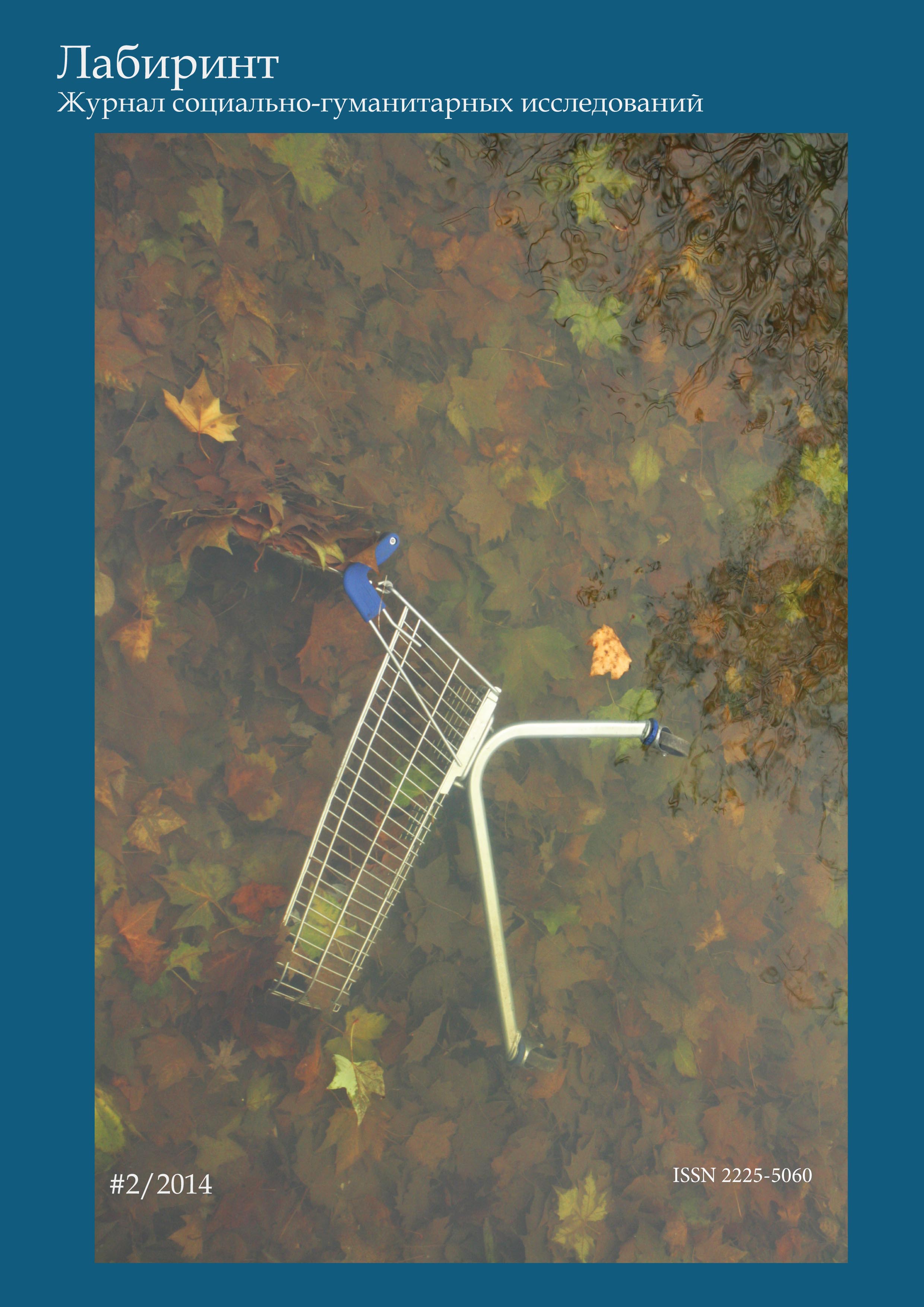
The article traces the changes in everyday practices of production and consumption of amateur photographs at the beginning of the XXIst century. The authors argue that transformations were caused by a massive shift towards use of digital cameras and by rapid development of Web 2.0. As a result, the number of amateur photographs posted in Internet has dramatically increased. This led to criticism resulted in uprising of specific resistance practices. Among the resistance practices are return to film-type cameras and the lomography movement.
More...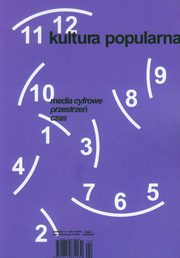
This paper is an attempt to analyze the threads associated with anti-Semitism in Will Eisner comics books and his struggle against stereotypical treatment of the Jews. The work is divided into two parts. In the first part graphics novels based on the biography of the artist (To the Heart of the Storm and The Name of the Game) are described. The second part is devoted to comics in which he refers to Charles Dickens Oliver Twist (Fagin the Jew) and Protocols of the Elders of Zion (The Plot). -
More...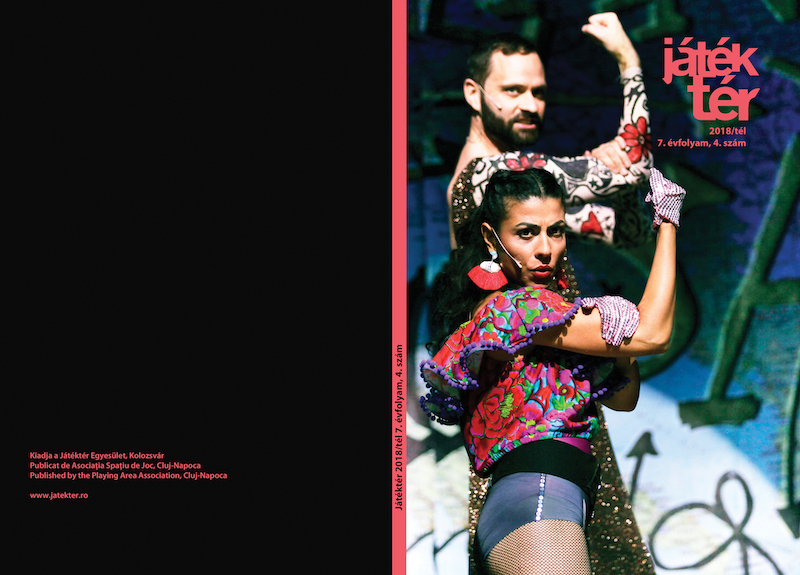
This inquiry focuses on the question of how the figure of the passionate Gypsy has become so fashionable lately at costume parties, in soap operas and reality shows, yet without strengthening the Roma cultural identity itself. The fact that the Roma people are missing from the Romanian theatrical palette also sheds light on how the Roma are excluded from the institutional and state-supported forms of national culture.
More...
Ioana Szeman’s new book, Staging Citizenship, reviewed by social anthropologist László Fosztó, discusses both the difficult socio-economic conditions and damaged cultural identity of the Roma people in Romania, as well as their performances and performative actions, carried out in different cultural spaces. The fieldwork conducted in the Roma community, depicted under a fictional name in this volume, sheds light on a series of stereotypes and representational problems associated with the Roma, as well as on the chasms in citizenship and on the cultural and political contexts of their characteristic art performances in Romania.
More...
The purpose of the article is to present a method of the treatment of the collection of archive negatives of the State Institution of Higher Education of Visual Arts in Gdańsk by the library of the Academy of Fine Arts in Gdańsk. The article discusses the author’s own experience in the work on the photographical material and the relevant problems which were experienced by the library staff. One applied an experimental method in research. The experiences which were collected and described in the article may serve the task of the development of one’s own methods and may prompt librarians to engage in the treatment of photographical collections in their libraries. The process of the digitalisation of photographs sparked a great interest of the users of the library. When one initiates the scanning of materials, one may encounter logistic problems (e.g. the setting up of a workroom), financial problems (e.g. the purchase of a scanner and the relevant materials), also the methodology itself may become an obstacle. It is necessary to make a comprehensive inventory of photographs so that eventually they may be rendered accessible to the users of a reading room. This will contribute to the enhancement of the familiarisation with the history of the University and its influence upon the development of art in the region, and it may also influence the enhancement of the prestige of the scholarly institution. The treatment of a photograph is an interesting and also a difficult task, which requires a great deal of humility, dedication and patience on the part of the researcher.
More...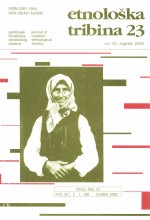
The paper discusses life and work of dr. Radivoj Simonovid (1858-1950), a physician from Sombor, a person of unusually wide field of interests, who took part in various activities and was equally interested in both natural and cultural phenomena. His rich writing opus contains the documented ethnographic materials, most of which describe way of life of the Dinaric cattle-breeders. Simonovid is also the author of an important photographic collection, characterized not only by its documentary value, but by the high aesthetic level as well.
More...

The present article attempts to elucidate some less known facts related to the process of writing of the book “History of the April Uprising“ by Dimitar Strashimirov. It gives answer to the question why the edition was published without the pictures ordered to famous photographs. In connection with this particular case, the article studies also the development of the photograph collection of the National Library in Plovdiv. The critical conclusion of the author is that sometimes from places of memory the Bulgarian archival and library repositories transform into “a knowledge graveyards“. This conclusion has its logical explanation in the text and, to some extent, it explains the “absence“ of the photographs from the history of the uprising. The appendix to the article contains a list of the available photographs in the Plovdiv Library related to the whole narrative about the writing of the history of theApril uprising.
More...
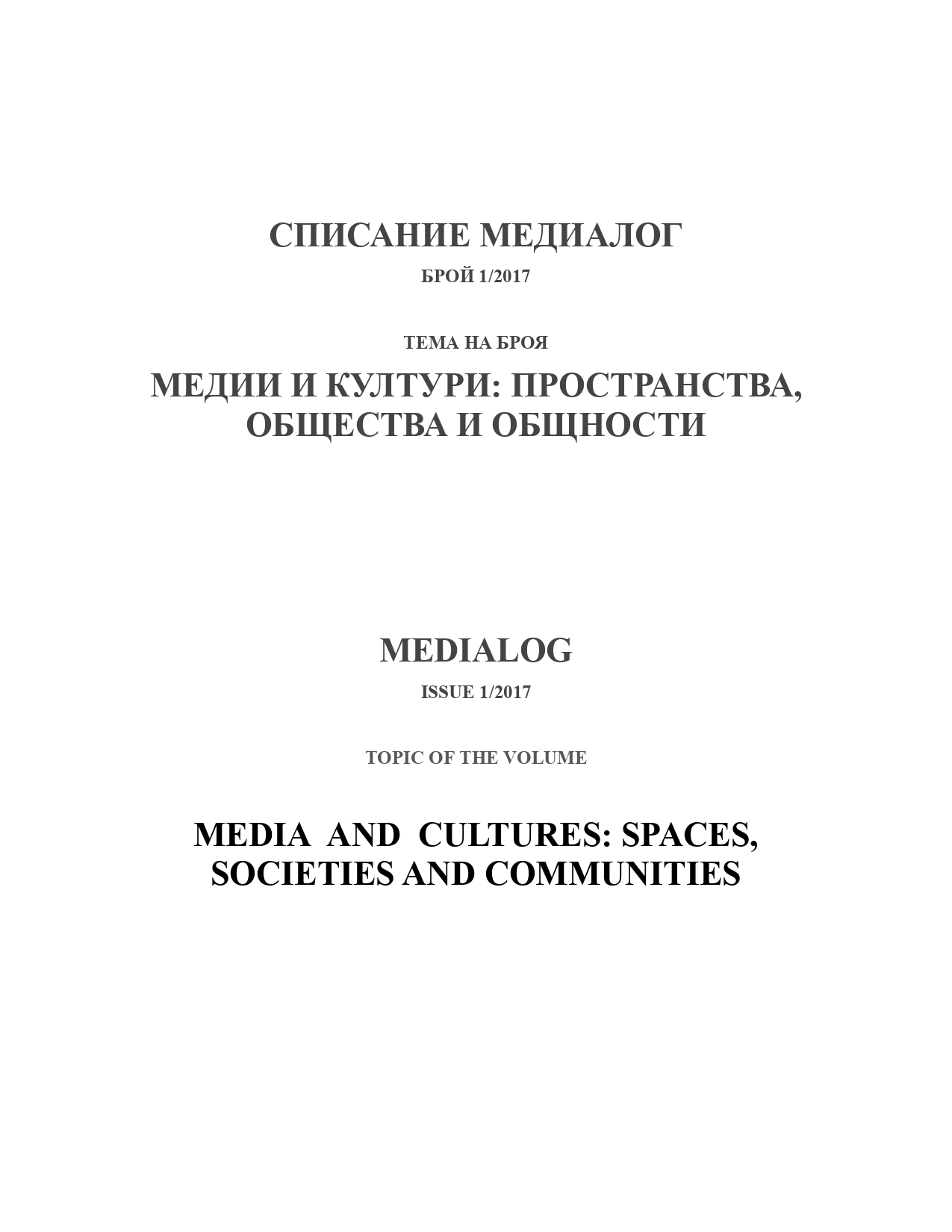
The main aims of the text is to present what are the prevailing trends and processes that take place in YouTube video blogs from 01.10. to 31.12.2015. For this purpose, a total of 50 video blogs have been compared, divided into five thematic categories, by examining the activity of the authors in the period, the approaches used to attract and retain the customer attention, the content theme and the degree of inclusion of products and services in mentioned period. The text is a part of the bachelor’s degree thesis, which was presented in the Department 'Radio and Television' of Faculty of Journalism and Mass Communication in 2016.
More...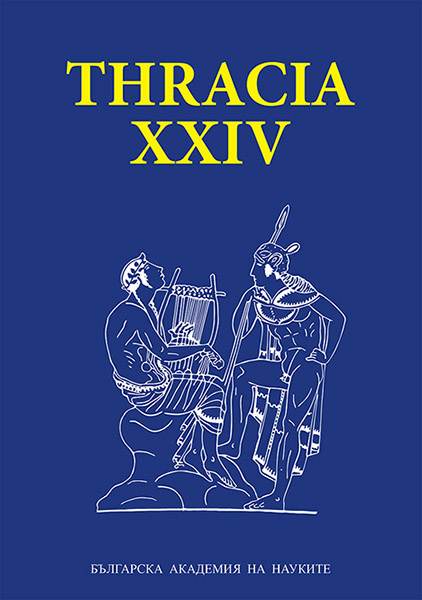
The subject of this study, similar to other objects included in the sacred infrastructure of the Bessi, has the characteristics of a rock-cut megalithic facility. It is located at the foot of the Rhodope Mountain, on the eastern side of the Assenitsa River, about 2.5 km north of Assen’s fortress and about 2 km north of another similar object of the sacred infrastructure of the Bessi in this region: Anathema. It has neither been studied nor published. It is a rock facility comprising several distinct enclosed spaces and connections between them, carved in one of the rocks over Asenovgrad, under one of the many chapels in the town: the St. Petka chapel.
More...
A boundary can have different tangible and intangible forms, and it has a complex, usually subjective meaning since it depends on the perspective of the perceiving person. The boundary defines and changes the essence of what it surrounds. Architecture, as one of the earliest human activities aimed at enclosing spaces, is fairly able to express the complexity of this abstract term. Using both physical and metaphoric means, architecture sets boundaries defining oppositions like in/out, known/unknown, sacred/ profane, terrestrial/celestial. This distinguishing quality is most clearly pronounced in cult architecture, where part of the process of creating sacred atmosphere consists in juxtaposing and distinguishing the enclosed space to that of the profane (the environment). This paper considers some of the earliest examples of cult architecture, where the first boundaries were set, defining concrete space as sacred. Gradually, the structure of these buildings became more complex and developed into a whole system of material and virtual boundaries defining also the rules (rituals) of crossing them. For the aim of this paper I present and analyse Thracian cult buildings found on the territory of Bulgaria as representatives of the ancient cult architecture. It is my purpose to trace and identify different boundaries inherent in their structures and suggest interpretations of their symbolism.
More...
The paper presents the new evidence on Egyptian deities in Serdica during the Roman period. A fragment of pediment known since the mid-20th century contains a partially preserved inscription pointing to the possible existence of a temple of Serapis in Roman Serdica. The inscription is dated to 161–163 AD and informs that the fragment comes from a temple dedicated to Zeus-Capitolinus-Helios-Serapis, built by the town magistrates. Some new archaeological, epigraphic and numismatic evidence from Serdica attests that in the 2nd century AD, under the Antonines, the cult of Serapis was already well known. Moreover, a newly-found coin of Gallienus, minted in Serdica and bearing a depiction of a temple with a statue of Serapis between its columns, proves the real existence of a temple of this deity. The Goddess Isis has so far been attested in the ancient town only on some coins minted in Serdica from the time of Marcus Aurelius. Our study presents some new evidence about her cult as well. A torso of the Goddess was found during excavations in the centre of Sofia. In addition, the images on a well-known monument coming from Serdica and dated to the first decade of the 4th century AD must be revised. Because of its clearly Eastern elements, the images on it could be related to Isis and not to Cybele, as was supposed. All of the mentioned evidence testifies to the importance of the cults of the Egyptian deities Serapis and Isis in Serdica during the Roman Period.
More...
The aim of the study is to comment several types of sacred sites and artifacts originating from Ancient Thrace that have survived until the beginning of the 21st century being adopted in various forms by Christianity. They represent an interesting but little known part of the cultural heritage of today’s Bulgarian lands.
More...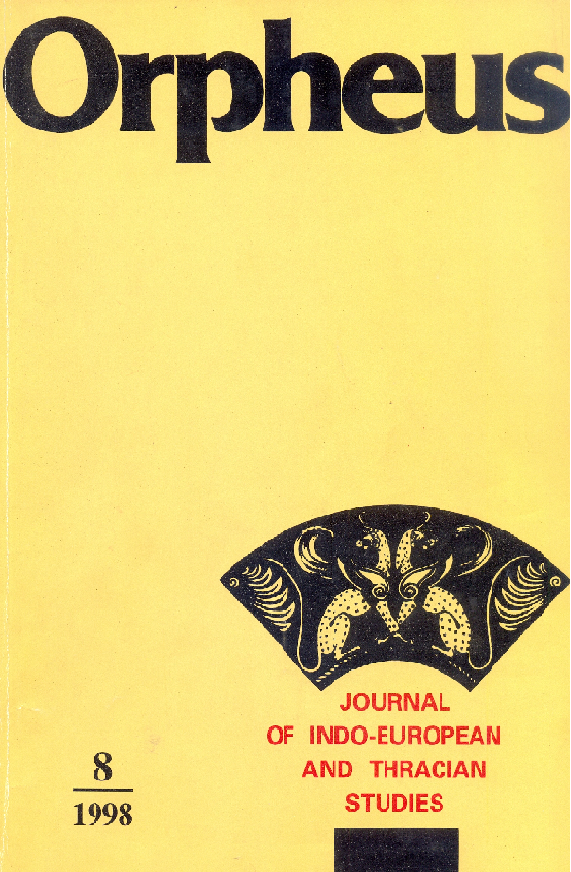


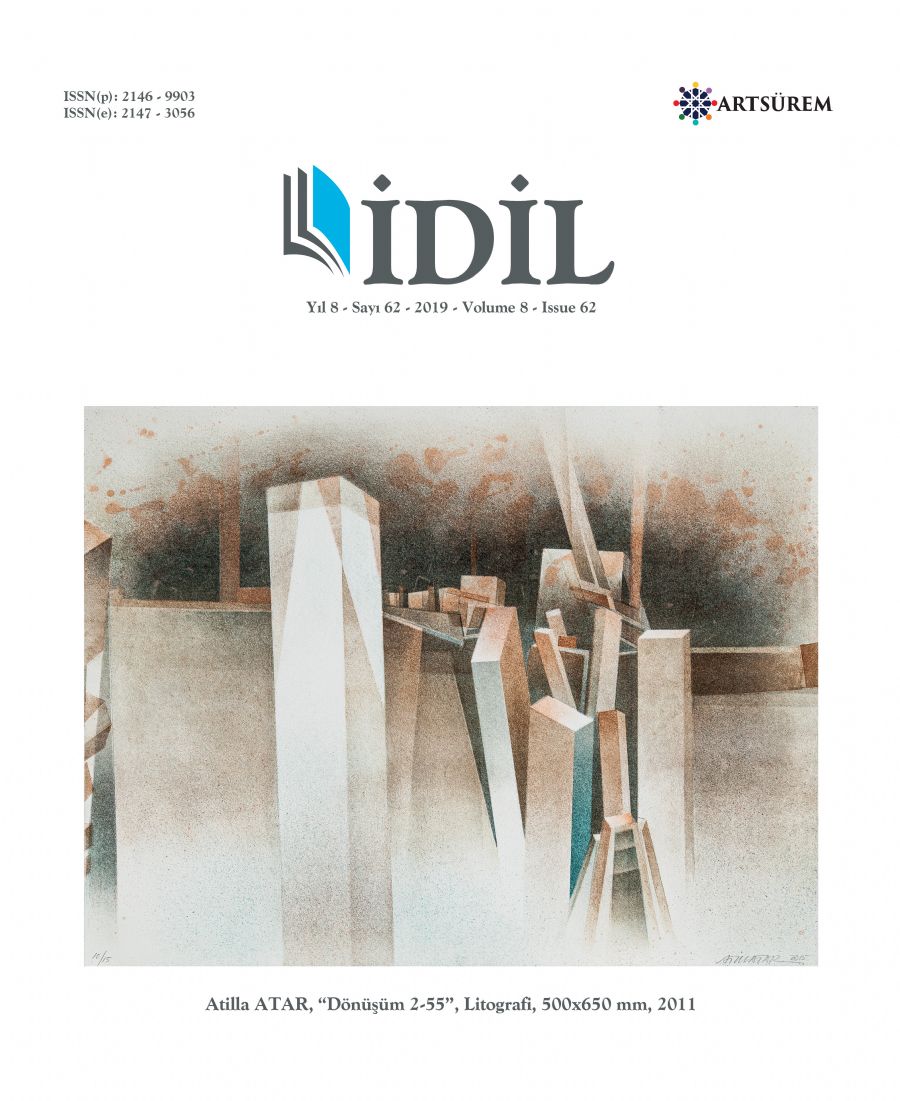
Visual documents give us important clues in recognizing about our musical heritage. It can be said that the oldest of the visual documents about Mevleviyeh in the Ottoman Empire was miniature art. Later on, the art of painting became influential (17-18th century) and the figures of music were included in the art of painting. The widespread use of photographs and postcards, a means of visual communication in the 19th century Ottoman Empire, includes both cultural and sociological reflections of this state, which is our historical and cultural heritage today. Research on the printing, spreading of the postcards and the periods in which the pictures or photographs belong to them is extremely limited. Therefore, this research is important. The way in which the religious music represented in the Ottoman Empire through postcards was the starting point of the research. In this research, twenty-four documents were obtained from the Atatürk Library belonging to the Ottoman Religious Music. Each documents were classified as photographs, postcards and anonymous works and they were examined separately. The fact that some documents have information about the typographer, publisher and photographer has made it easier for the determination of the period. According to the data, these documents belong to the 19th century and the first half of the 20th century.
More...